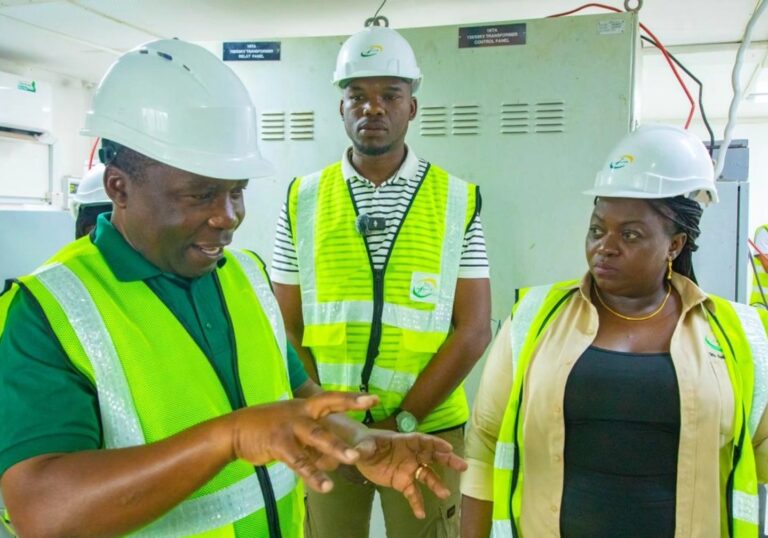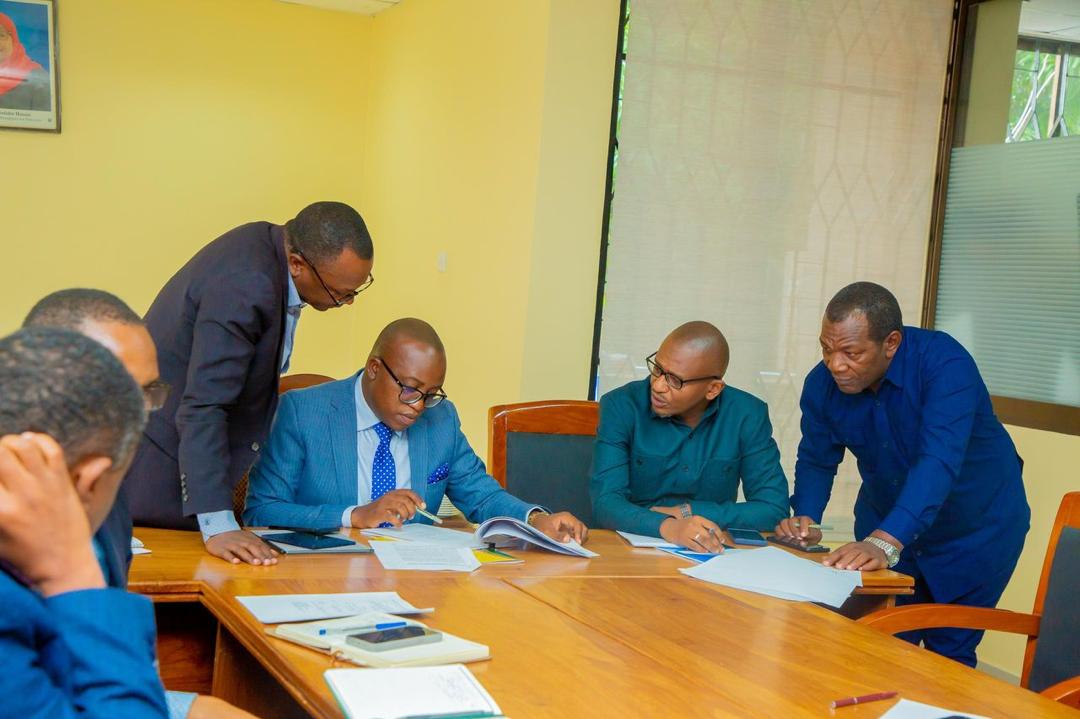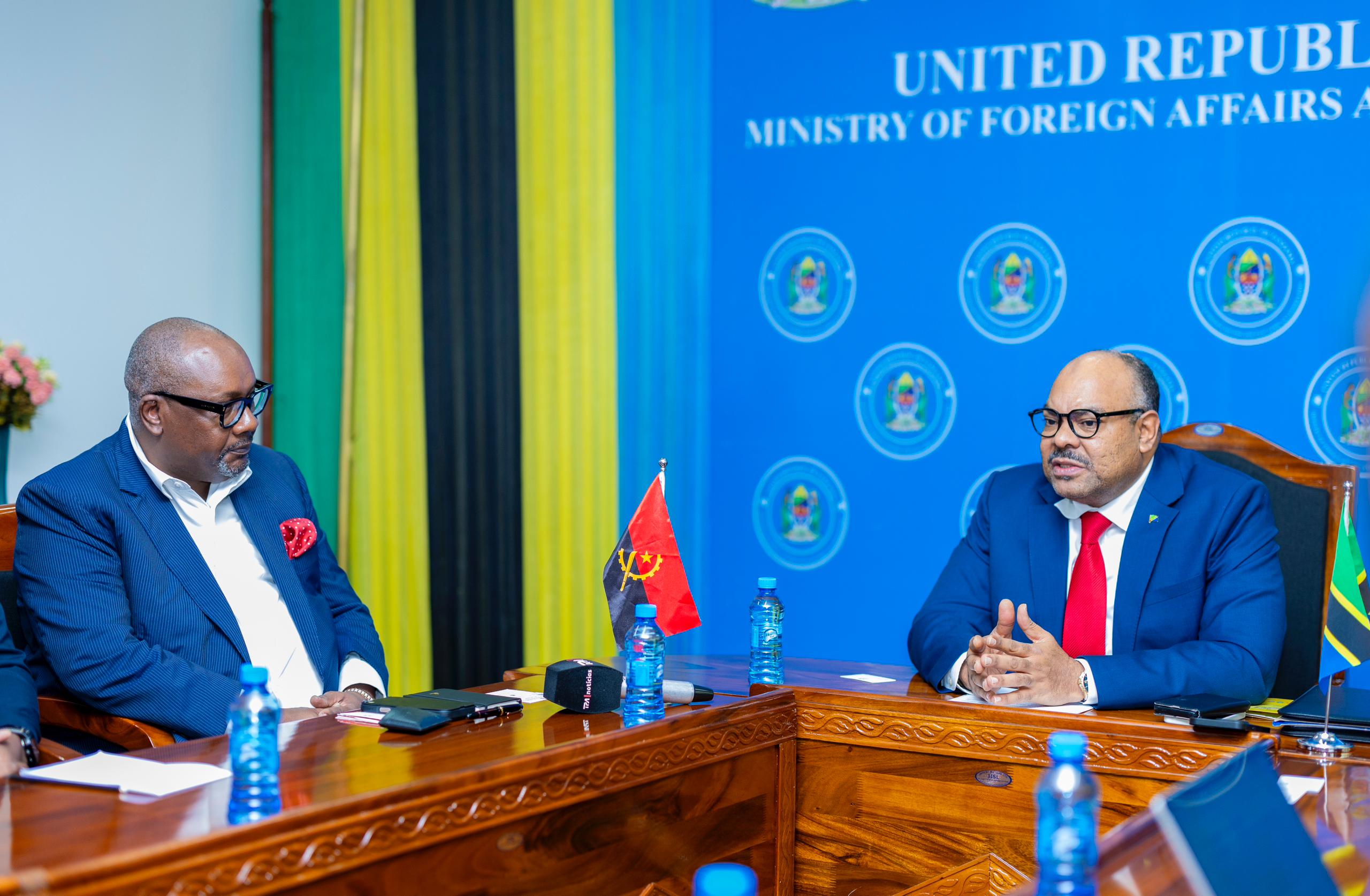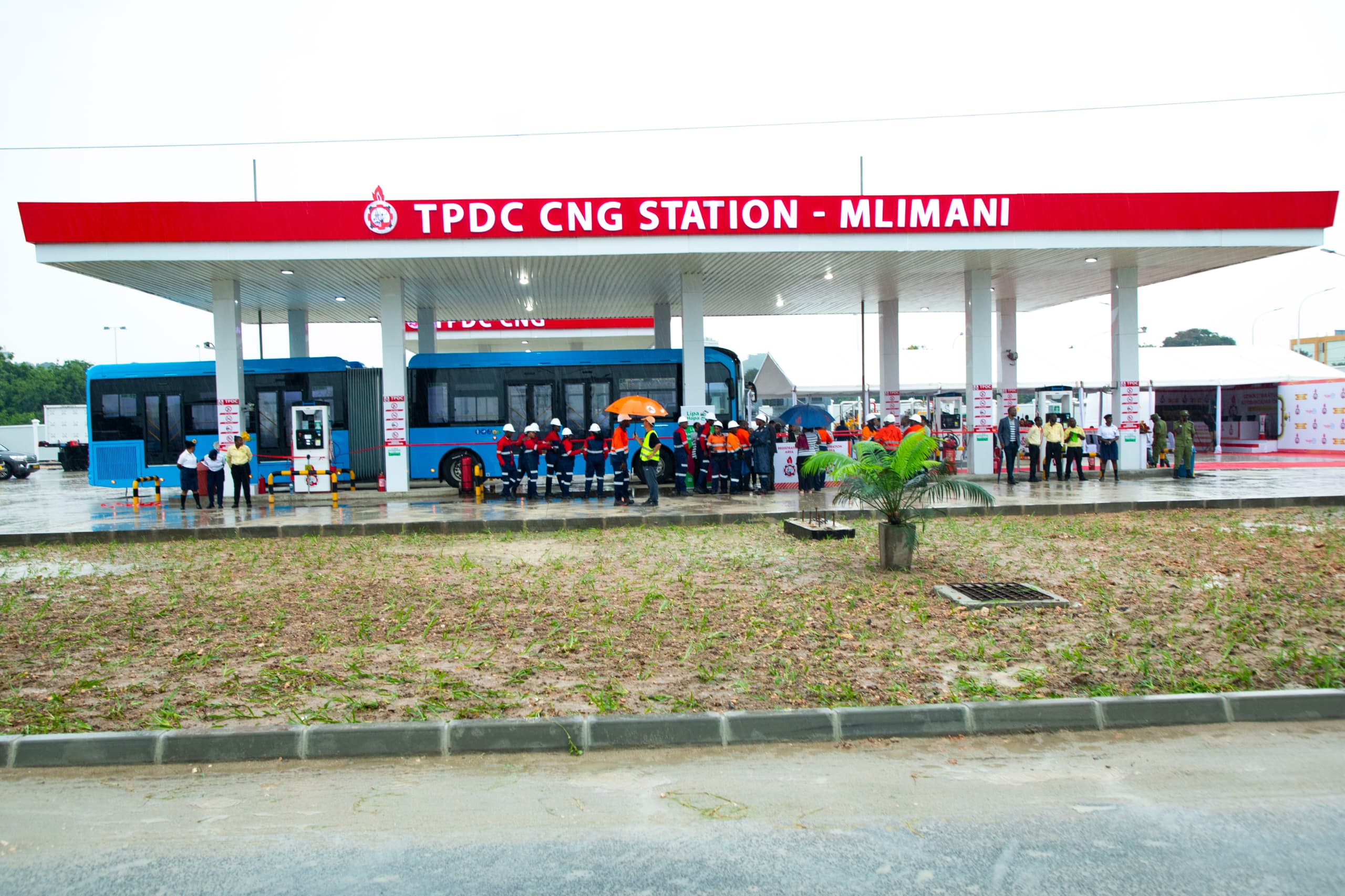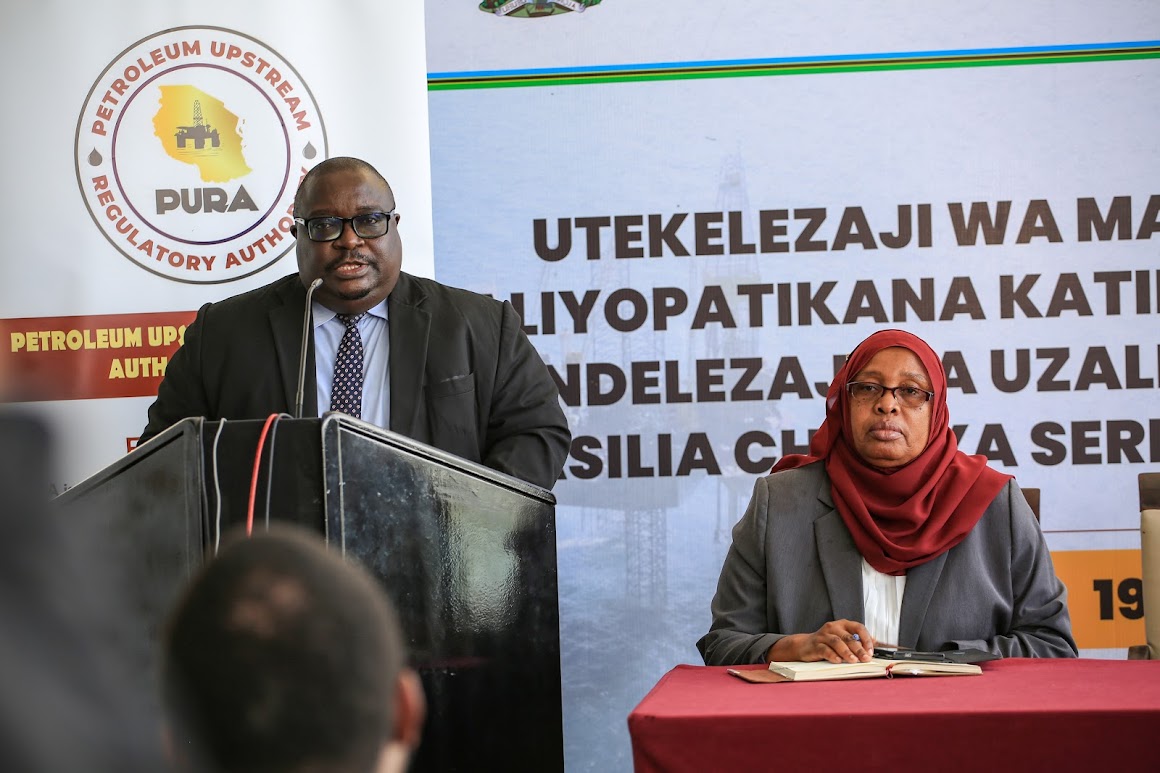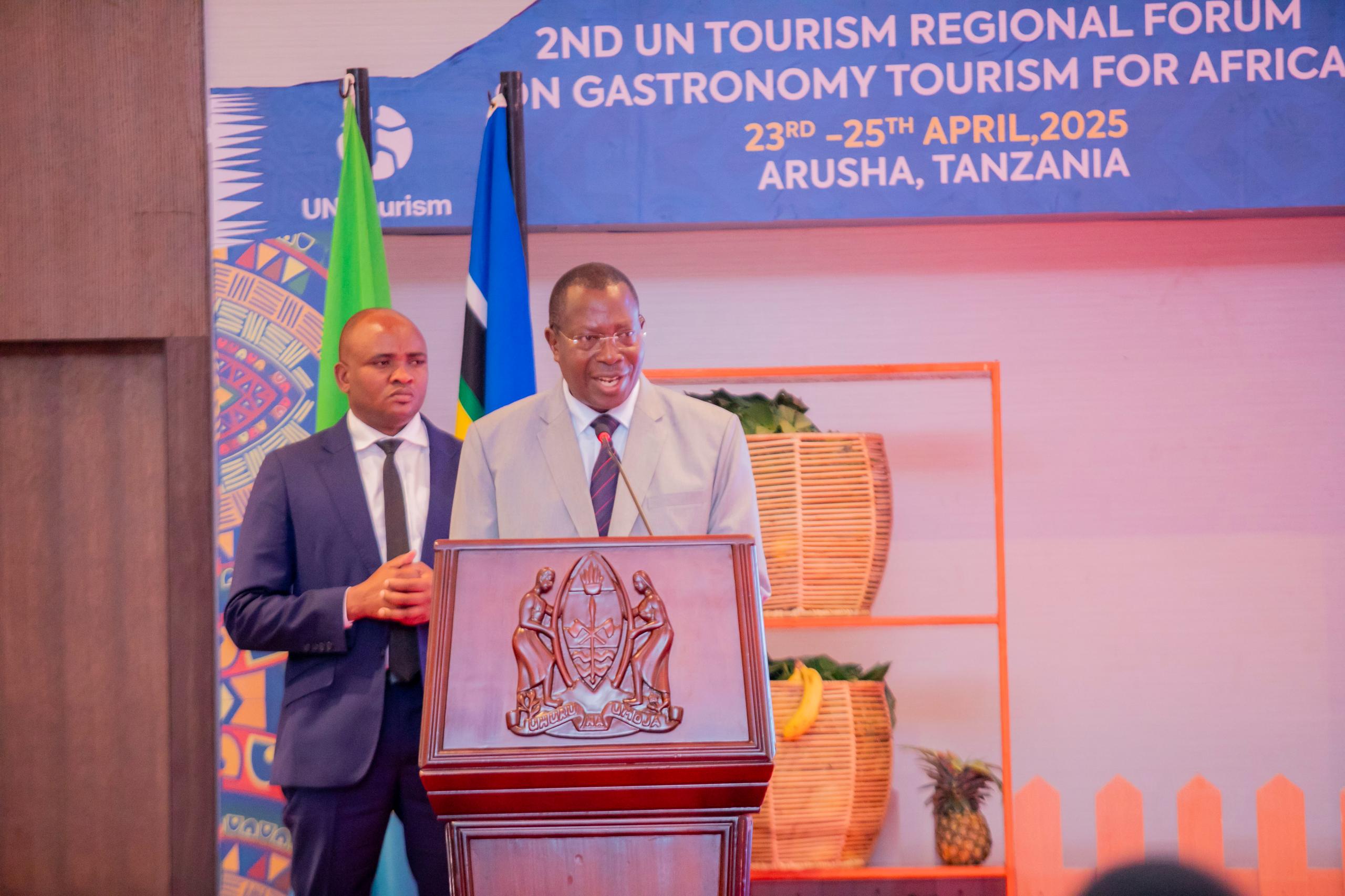Mtwara. The Tanzania Electric Supply Company Limited (Tanesco) has successfully completed the installation of a new natural gas-fired power generation unit at its Mtwara II Station, with the machine now undergoing crucial performance trials ahead of full operation.
This development is set to significantly strengthen the reliability and supply of electricity to residents in the southern regions of Mtwara and Lindi.
Speaking during an inspection of the project’s progress, the Acting Director of Customer Services, Ms Irene Gowelle, said that the completion of this phase is a clear demonstration of the government’s commitment to enhancing stable electricity access across the nation.
“The installation work for the natural gas power generating machine at our Mtwara II station has been completed with great success and ahead of the projected schedule,” Ms Gowelle confirmed.
“It is currently undergoing trials to test its efficiency and how it will continue to serve our customers.”
She added that the machine is expected to be officially inaugurated soon by the Mtwara Regional Commissioner, Colonel Patrick Sewala, marking a vital addition to the power generation capacity of the Mtwara and Lindi regions.
On his part, the Acting Deputy Director of Power Generation at Tanesco, Eng Antony Mbushi, noted that the project’s completion translates to an increase of 20 megawatts (MW) in generation capacity for the southern zone.
“Previously, we had a capacity of 50.5 MW, but now we will have a total of 70 MW across our Mtwara and Lindi regions. We continue to assure our customers that the electricity supply is both sufficient and reliable,” said Eng Mbushi.
Electricity specialist, Mr Fikiri Khalifa, commented on the rapid pace of the project’s execution.
“We had anticipated the machine would start operations at the end of the month, but we have completed the work ahead of that time. This is a major achievement in the implementation of national projects,” stated Mr Khalifa.
The successful trial phase will pave the way for the new plant to fully integrate into the regional grid, ensuring a more robust power supply to support both domestic and commercial activities in Southern Tanzania.

